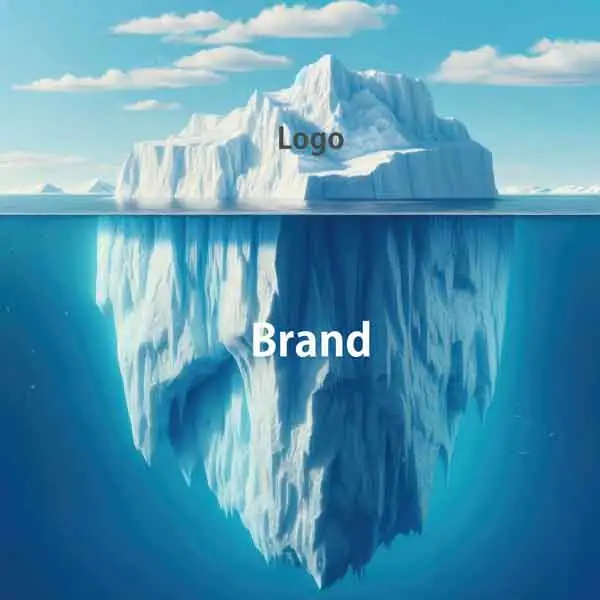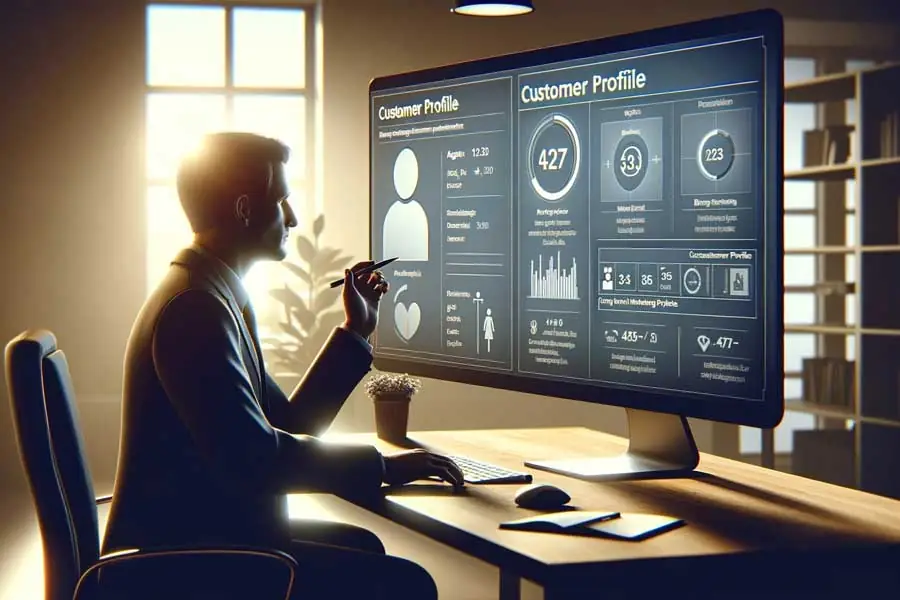B2C vs B2B Branding A Digital Marketing Guide for Taiwan Manufacturers


60% of Taiwanese manufacturers are now incorporating digital marketing strategies into their export plans, so understanding the nuances of B2B vs. B2C branding becomes crucial for international success. For Taiwan-based B2B manufacturers, many of whom are steering their family-owned businesses towards new global markets, grasping these differences can be the key to unlocking new opportunities and expanding their international footprint.
Table of Contents
Many B2B manufacturers are now also moving from OEM production to selling under their own brand names whilst other companies are rebranding themselves as ownership passes from one generation to the next. Understanding the difference in direction between B2C and B2B branding will help to move your business in the right direction.
Brands and Logos – What is the Difference?
When it comes to marketing, the terms “brand” and “logo” are often used interchangeably. However, they represent two distinct concepts that play crucial roles in how a business presents itself to the world. Spending too much time on your logo and not enough on your B2B brand is not a recipe for success.
“A logo does not sell, it identifies… It is only by association with a product, a service, a business, or a corporation that a logo takes on any real meaning.” Paul Rand
What is a logo?
A logo is a visual symbol or design used to identify a business. It’s a key element of a company’s brand identity, appearing on everything from business cards and websites to packaging and advertising. Logos can be made up of text (logotype), images (logomark), or a combination of both. They are designed to be instantly recognizable, conveying the company’s personality and values at a glance.
When you are creating or updating a logo talk to an expert as in digital marketing your logo now needs to be used in many different situations at different resolutions and aspect ratios, so you need to understand this to ensure you have a great logo that is simple and will help you stand out wherever it is seen.


If you would like to find out more about logo design for digital marketing and how to make sure that you get it right please check out this article: Getting Your New Logo Right A Guide for Digital Marketing
What is a brand?
On the other hand, a brand is much more than just a logo. It’s the overall perception and emotional response that people have when they think of your business. Your brand encompasses everything from your company’s mission and values to its products, services, and customer experiences. It’s what sets you apart from your competitors and builds loyalty among your customers.
“A brand for a company is like a reputation for a person. You earn reputation by trying to do hard things well.” – Jeff Bezos
How are brands & logos different in B2C and B2B Marketing?
In the context of B2B and B2C digital marketing, both logos and brands play important roles, but their impact and usage can vary.
In B2C marketing, logos often have a more direct impact on consumers. They are used to catch the consumer’s eye, evoke emotions, and create a memorable impression. A well-designed logo can be a powerful tool for building brand recognition and loyalty among consumers.
In B2B marketing, while logos are still important for recognition, the overall brand plays a more significant role. B2B buyers are typically making larger, more considered purchases. They are less likely to be swayed by emotional appeals and more interested in the values, reputation, and reliability that a brand represents.
B2B Digital Marketing is Aimed at a Team and not usually an Individual
In B2C digital marketing, efforts often target the individual consumer, appealing to their emotions and desires for status or excitement. However, B2B branding must navigate a more complex landscape, where decisions are made by a diverse team with varying levels of product knowledge and interest.
For Taiwanese B2B manufacturers, this means crafting messages that resonate across different organizational roles, from the technical expert to the financial decision-maker, focusing on the added value their products bring to the entire business. This is why understanding your customer profiles is so important for B2B marketing success.
Understanding Customer Profiles: The Key to B2B Branding Success
Knowing your customer profiles is vital to your brand and your B2B marketing success. A customer profile, also known as a “buyer persona”, is a detailed description of your target customer. It includes demographic information, behavioral patterns, motivations, and goals. The more detailed your customer profile, the better you can tailor your marketing strategies to meet their needs.
In B2B marketing, customer profiles are often more complex than in B2C. They may include multiple decision-makers within a single organization, each with their own unique needs and preferences. By understanding these different profiles, you can create targeted marketing messages that resonate with each decision-maker, increasing the likelihood of a successful sale.


As a Taiwanese manufacturer looking to expand globally, understanding the customer profiles of businesses in your target markets can be the key to unlocking new opportunities. It allows you to target your branding and marketing strategies more cost effectively to meet the specific needs of those businesses, increasing your chances of success in these new markets.
With digital marketing targeting through customer profiles helps you to get the most out of your budget. If we use international exhibitions as an example, the customer profile helps you to understand which exhibitions you should attend so that you are not wasting your time and money on the wrong exhibitions that will not deliver new leads. This also applies to advertising that you do online, without a customer profile you are advertising to everyone and that is not an efficient or effective strategy.
Building a Customer Profile: A Step-by-Step Guide
Building a customer profile involves a deep understanding of your target customers. Here’s a step-by-step guide on how to build one:
- Identify Your Target Customers: Start by identifying the types of businesses that would benefit most from your products or services. Consider factors such as industry, size, and location.
- Understand Their Needs: Once you’ve identified your target customers, seek to understand their needs. What problems are they trying to solve? What goals are they trying to achieve?
- Research Their Behavior: Look at how your target customers make purchasing decisions. Who are the decision-makers? What factors influence their decisions?
- Gather Demographic Information: Collect demographic information about your target customers. This could include the size of the company, the industry they’re in, and the roles of the decision-makers.
- Create a Detailed Profile: Based on your research, create a detailed customer profile. This should include demographic information, behavioral patterns, motivations, and goals.
- Review Regularly: Remember, customer profiles are not static. Just like your website content, they should be reviewed and updated regularly to reflect changes in your target markets.
Following these steps, you can create detailed customer profiles that will help you tailor your B2B marketing strategies for success in global markets. Remember, the more you understand your customers, the better you can meet their needs.
A Digital Marketing Opportunity
The distinction between B2B and B2C branding, as well as the difference between a brand and a logo, is crucial for a Taiwanese manufacturer looking to expand its reach. As you transition from OEM production to selling under your own brand names, understanding these nuances can guide your branding strategies in the right direction.
Therefore, while a well-designed logo is important, it is the overall brand – the reputation and values of the company – that truly matters in the B2B landscape.
